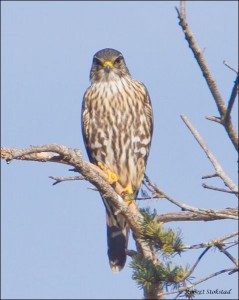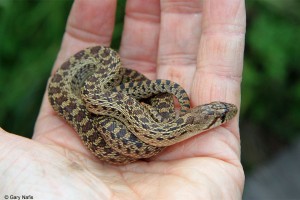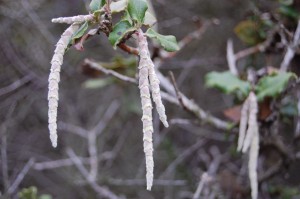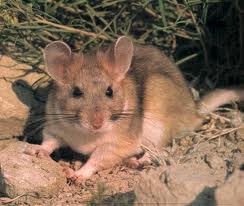 The movement that began with Occupy Wall Street has been criticized for lack of clarity in its agenda, but despite mainstream media coverage suggesting it is unfocused, that agenda has seemed pretty clear to me and many of those I know who support it: Reduce corporate influence on politicians and government policies, address glaring income inequality, attend to the environmental catastrophe of climate change, and re-engage people as citizens, rather than fatuous, self-absorbed “consumers of stuff.” All that may at first glance appear remote from the struggle to protect Knowland Park, but there is an underlying vision that informs both: the possibility of transforming who we are and how our institutions relate to the social and natural worlds. That vision, I think, includes a shift away from regarding everything around us as a resource for making money– toward considering the worth of nature in its own right.
The movement that began with Occupy Wall Street has been criticized for lack of clarity in its agenda, but despite mainstream media coverage suggesting it is unfocused, that agenda has seemed pretty clear to me and many of those I know who support it: Reduce corporate influence on politicians and government policies, address glaring income inequality, attend to the environmental catastrophe of climate change, and re-engage people as citizens, rather than fatuous, self-absorbed “consumers of stuff.” All that may at first glance appear remote from the struggle to protect Knowland Park, but there is an underlying vision that informs both: the possibility of transforming who we are and how our institutions relate to the social and natural worlds. That vision, I think, includes a shift away from regarding everything around us as a resource for making money– toward considering the worth of nature in its own right.
Protecting Knowland Park and the ‘Occupy’ Movement
Little Fuzzy Animals: Knowland Park’s Babies Threatened by Zoo Plans
We’ve all been charmed by photos and footage of the latest animal acquisition at the Oakland Zoo and other area zoos. Often these are baby animals, ramping up the “Awww” factor and stimulating us to think about taking the kids on an outing. This is one of the elements that keep people feeling warm and fuzzy about zoos in general: the warm and fuzzy animals that they use for their public relations campaigns. But—particularly with an institution like the Oakland Zoo, with its grand development plans—what that warm fuzzy photo covers over is the exploitation of captive animals at the expense of the wild ones.
Reptiles and Amphibians of Knowland Park
 Knowland Park is home to a rich array of reptiles and amphibians thanks to its variety of high quality habitat. Often hidden, these creatures are some of the most colorful animals in the park. Trapping done in the proposed zoo project area to assess the presence of the threatened Alameda whipsnake found not only the whipsnake, but individuals of the numerous species shown in the slideshow (with the exception of the ring-necked snake confirmed by another observer). Winter is an excellent time to find salamanders and other amphibians like the Pacific chorus frog–be sure to listen for the “ribbit” call of the male. Later in spring as the weather warms, snakes and lizards emerge from their hibernation and amphibians disappear into moist hiding spots to rest until the fall rains return.
Knowland Park is home to a rich array of reptiles and amphibians thanks to its variety of high quality habitat. Often hidden, these creatures are some of the most colorful animals in the park. Trapping done in the proposed zoo project area to assess the presence of the threatened Alameda whipsnake found not only the whipsnake, but individuals of the numerous species shown in the slideshow (with the exception of the ring-necked snake confirmed by another observer). Winter is an excellent time to find salamanders and other amphibians like the Pacific chorus frog–be sure to listen for the “ribbit” call of the male. Later in spring as the weather warms, snakes and lizards emerge from their hibernation and amphibians disappear into moist hiding spots to rest until the fall rains return.
Mammals of Knowland Park
 Mammals found in Knowland Park range from the 100+ lb. mountain lion down to the tiny shrew that weighs a few ounces. Although active year round, many of the mammals are nocturnal, staying hidden from view during the day–the best time to catch a glimpse is dusk or dawn. Most of the park’s mammals have fur in shades of brown or gray and are well camouflaged with the notable exception of the striped skunk whose distinct black and white fur advertises a warning to potential predators to back off or else.
Mammals found in Knowland Park range from the 100+ lb. mountain lion down to the tiny shrew that weighs a few ounces. Although active year round, many of the mammals are nocturnal, staying hidden from view during the day–the best time to catch a glimpse is dusk or dawn. Most of the park’s mammals have fur in shades of brown or gray and are well camouflaged with the notable exception of the striped skunk whose distinct black and white fur advertises a warning to potential predators to back off or else.
Coast Silk-tassel
 Perhaps the most dramatic of the winter-blooming shrubs found in the Knowland Park chaparral is the coast silk-tassel. As its name suggest, long elegant tassels dangle from the branches, bedecking the plant in soft gray-green catkins. The species is dioecious–there are both male and female plants-and the catkins on the male plants are longer than on the female.
Perhaps the most dramatic of the winter-blooming shrubs found in the Knowland Park chaparral is the coast silk-tassel. As its name suggest, long elegant tassels dangle from the branches, bedecking the plant in soft gray-green catkins. The species is dioecious–there are both male and female plants-and the catkins on the male plants are longer than on the female.
Pollen from the small inconspicuous flowers on the male catkins is wind-blown onto the female flowers. Once pollinated, the flowers develop into a chain of berries which provide food for birds and mammals.
Save Oakland’s Oaks
Expansion Controversy
Search Our SIte
Blog Categories
Regular Bloggers
 Ruth Malone |
 Laura Baker |
 Jim Hanson |
 Mack Casterman |
We support Oakland's public spaces!
 Follow
Follow

